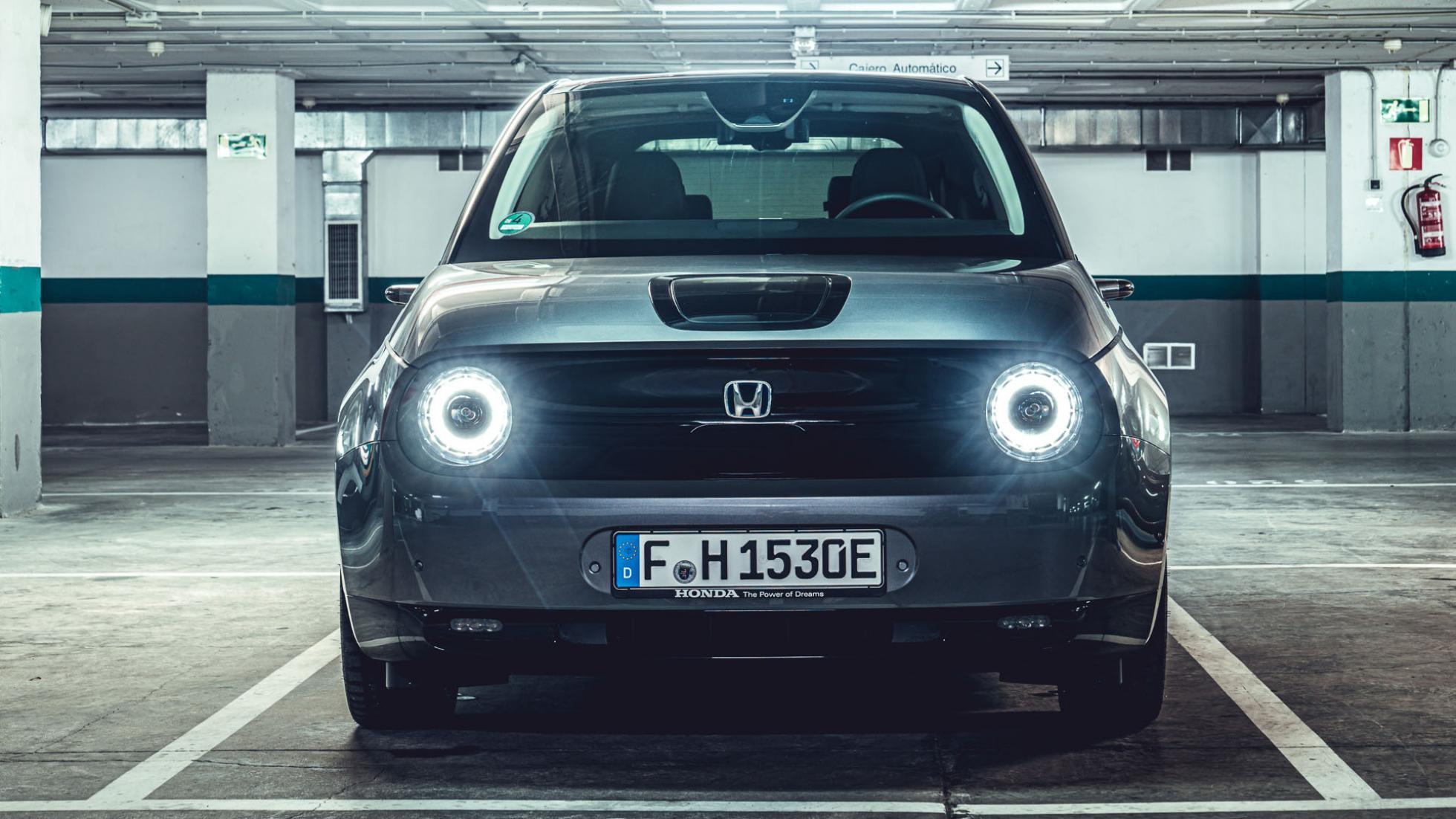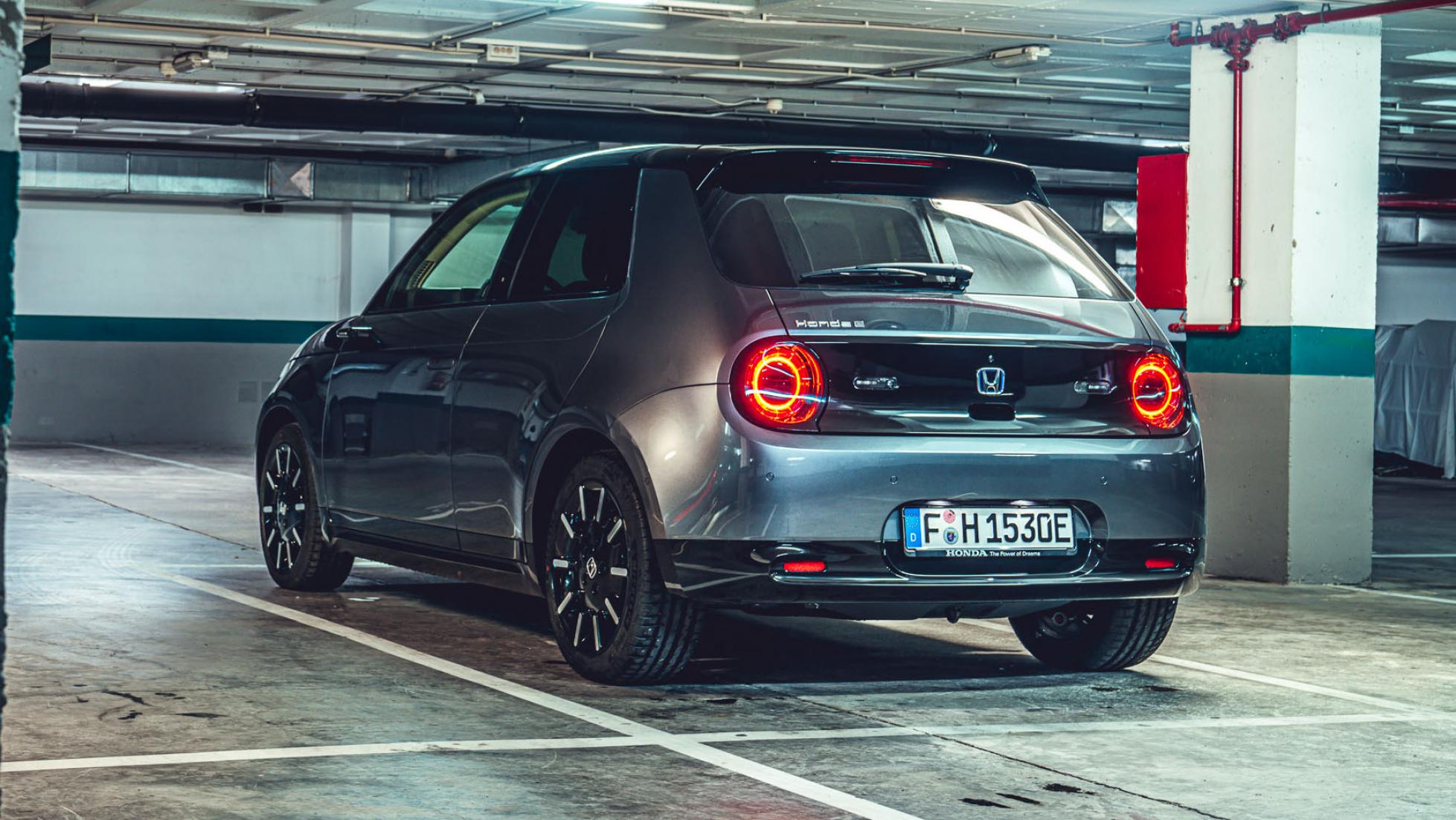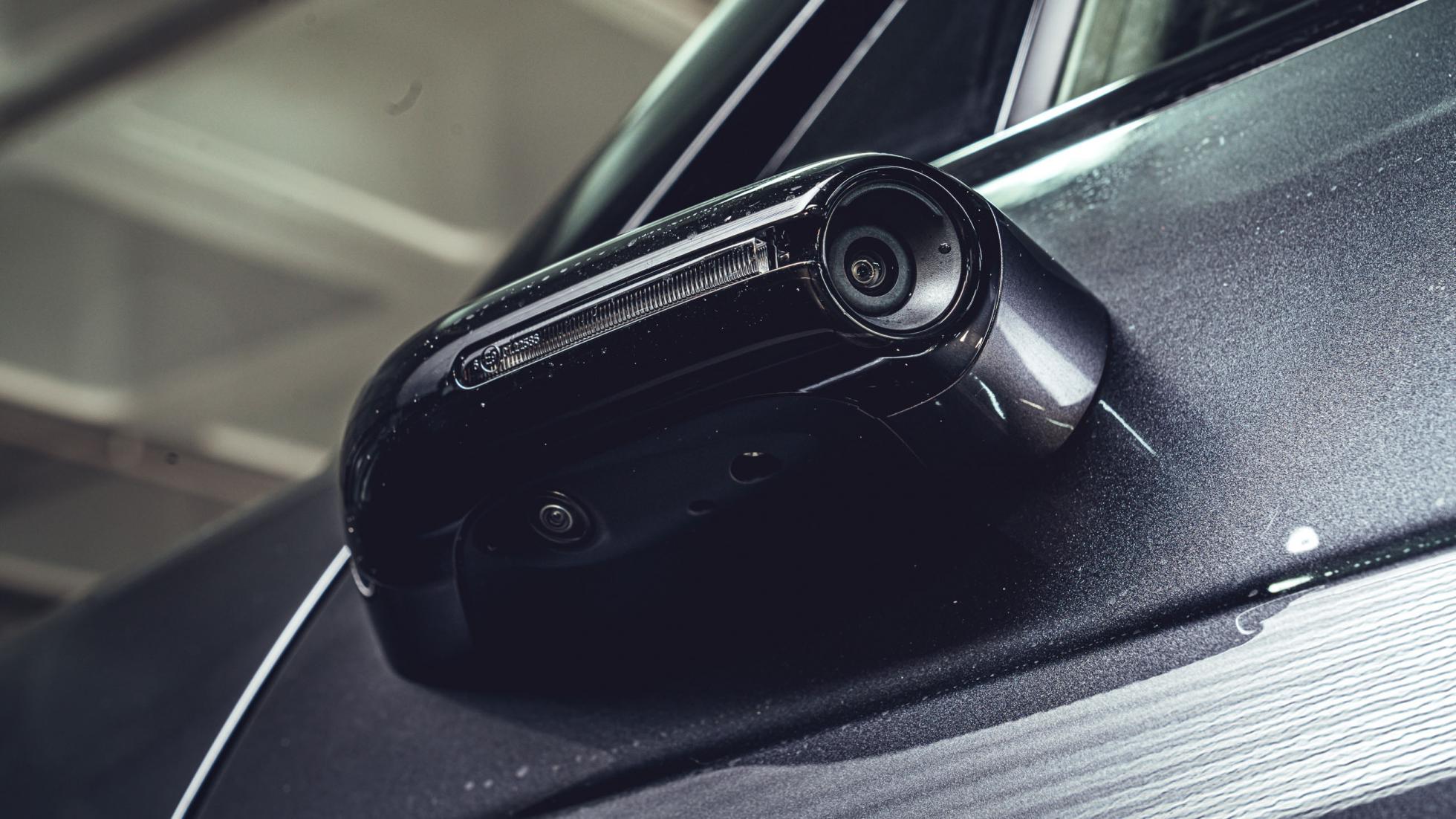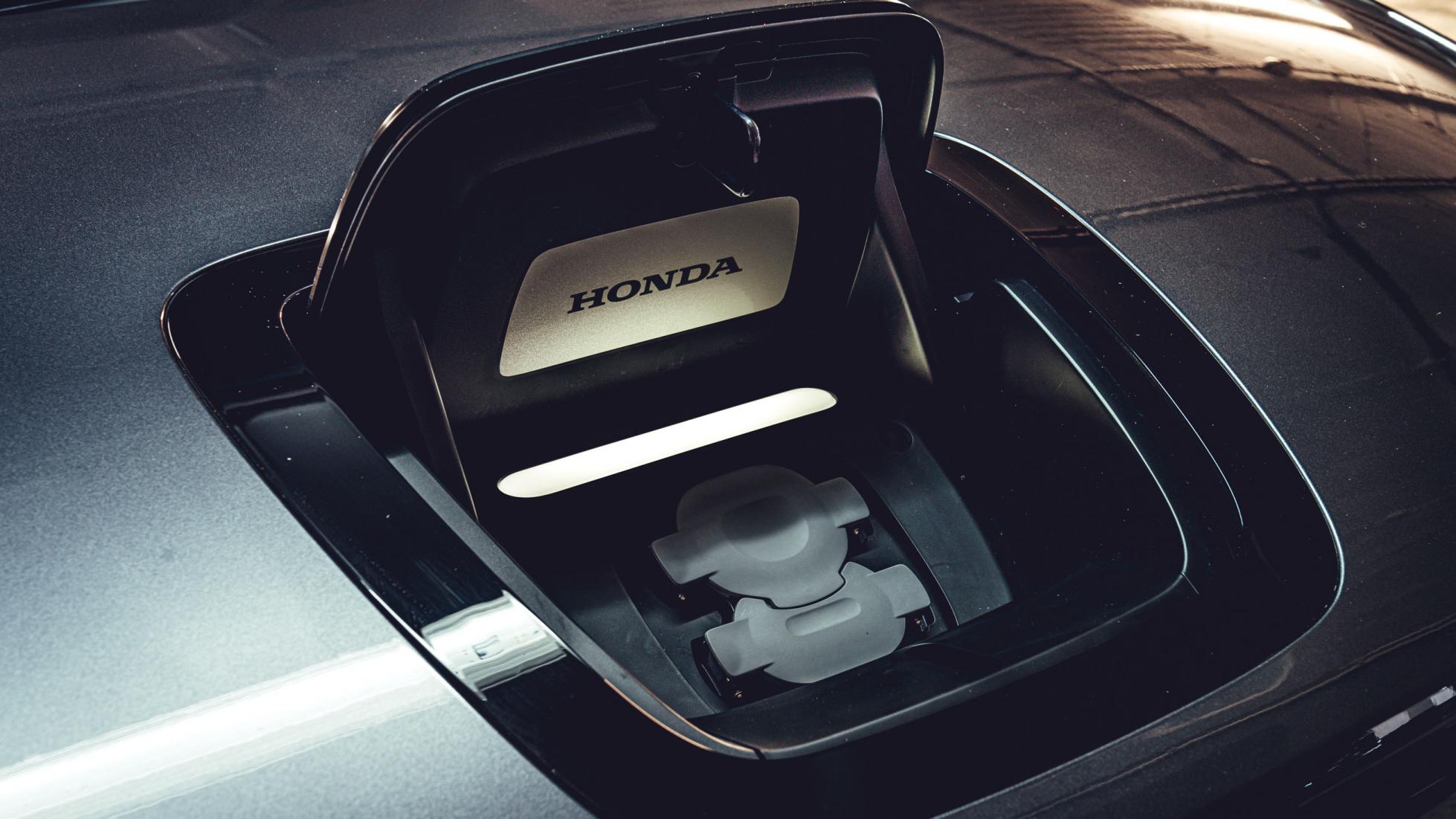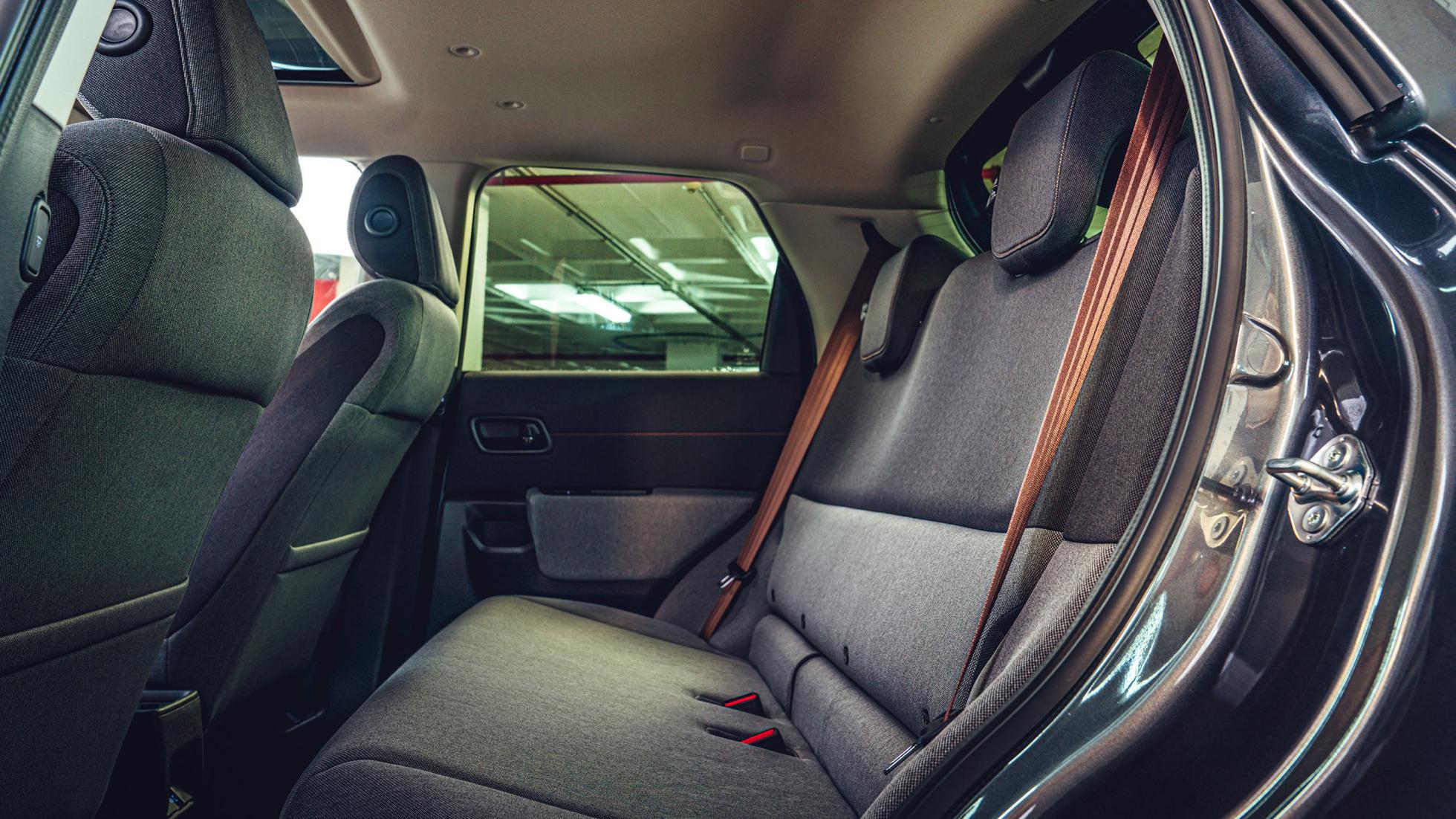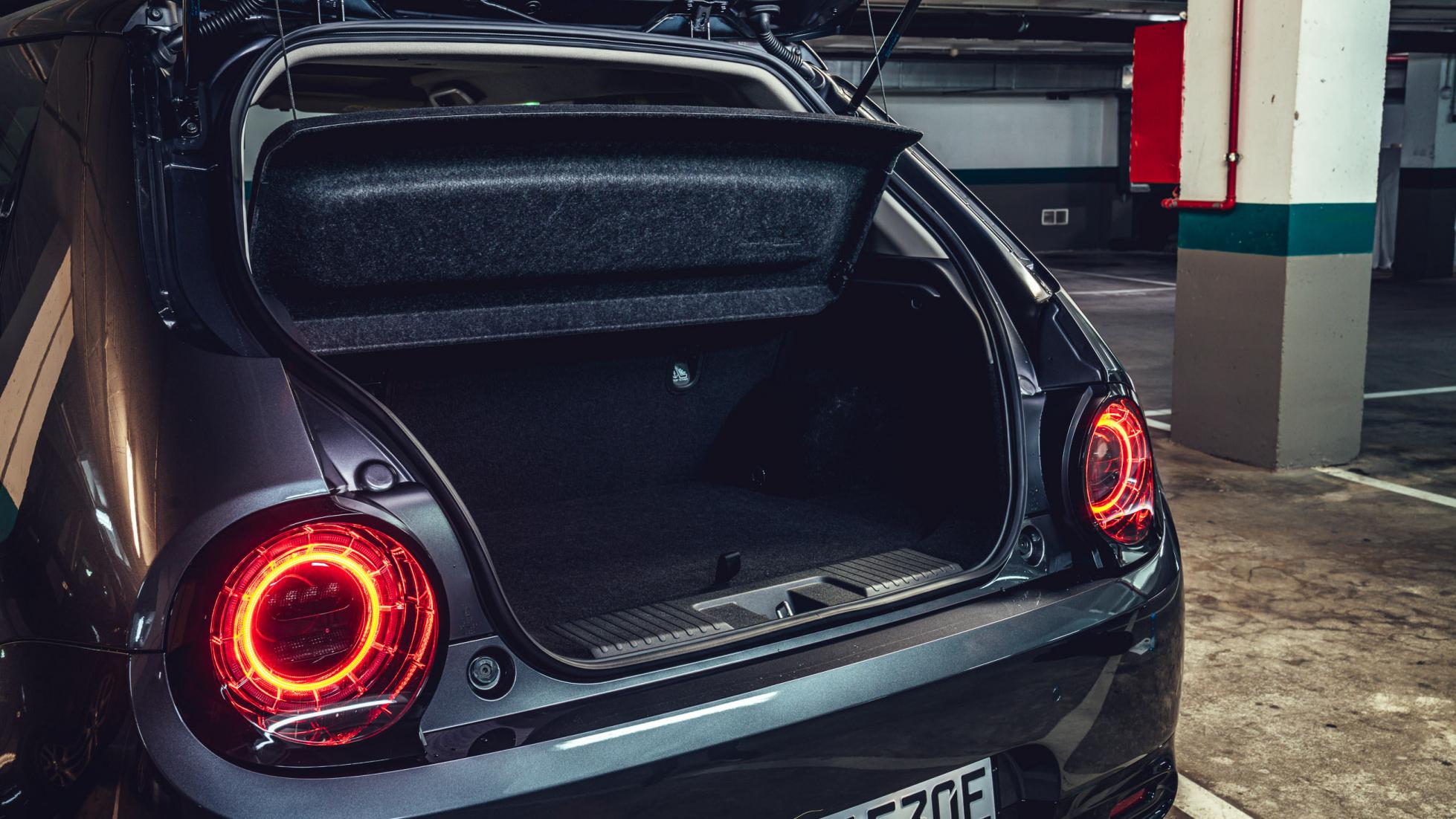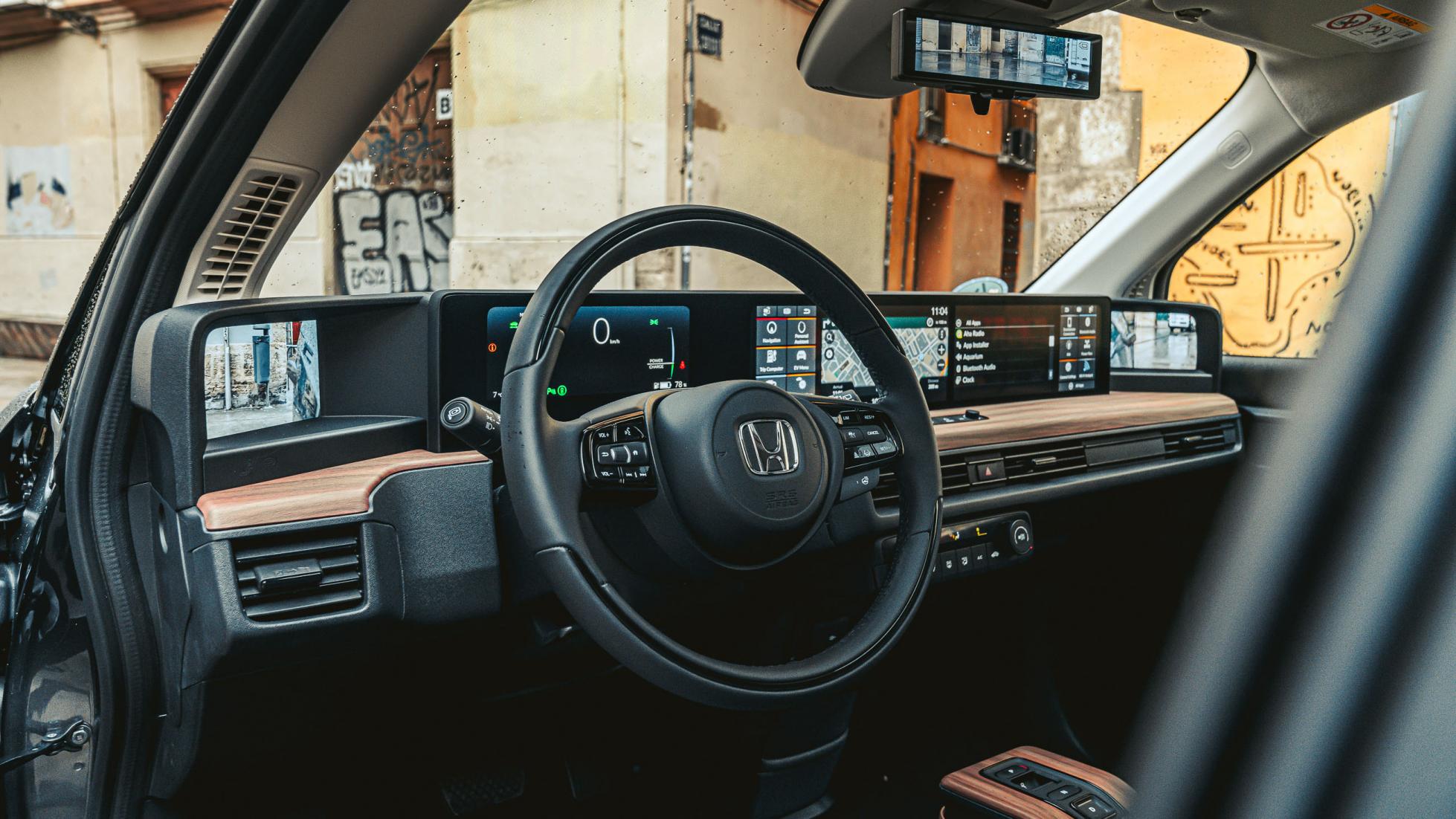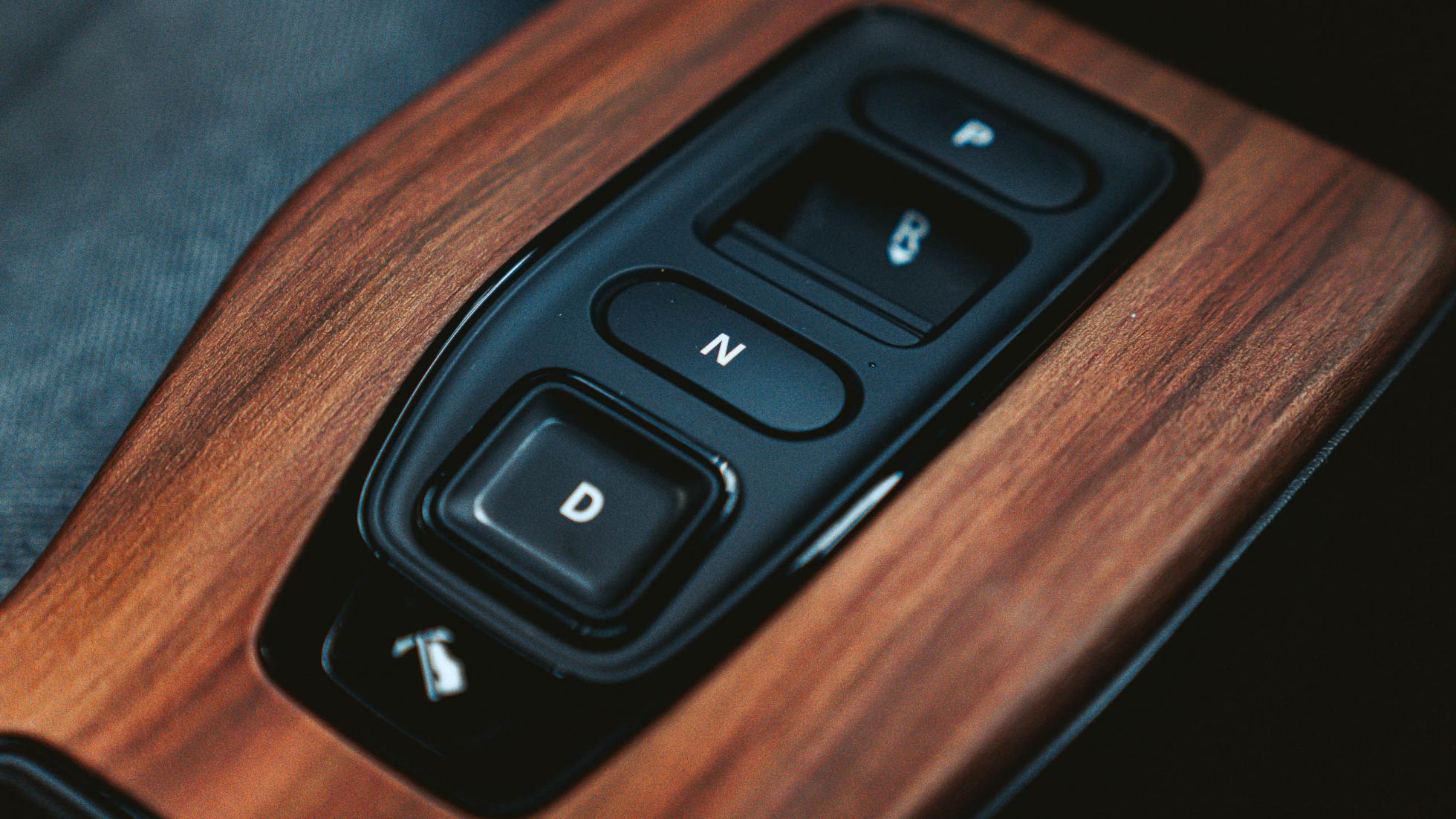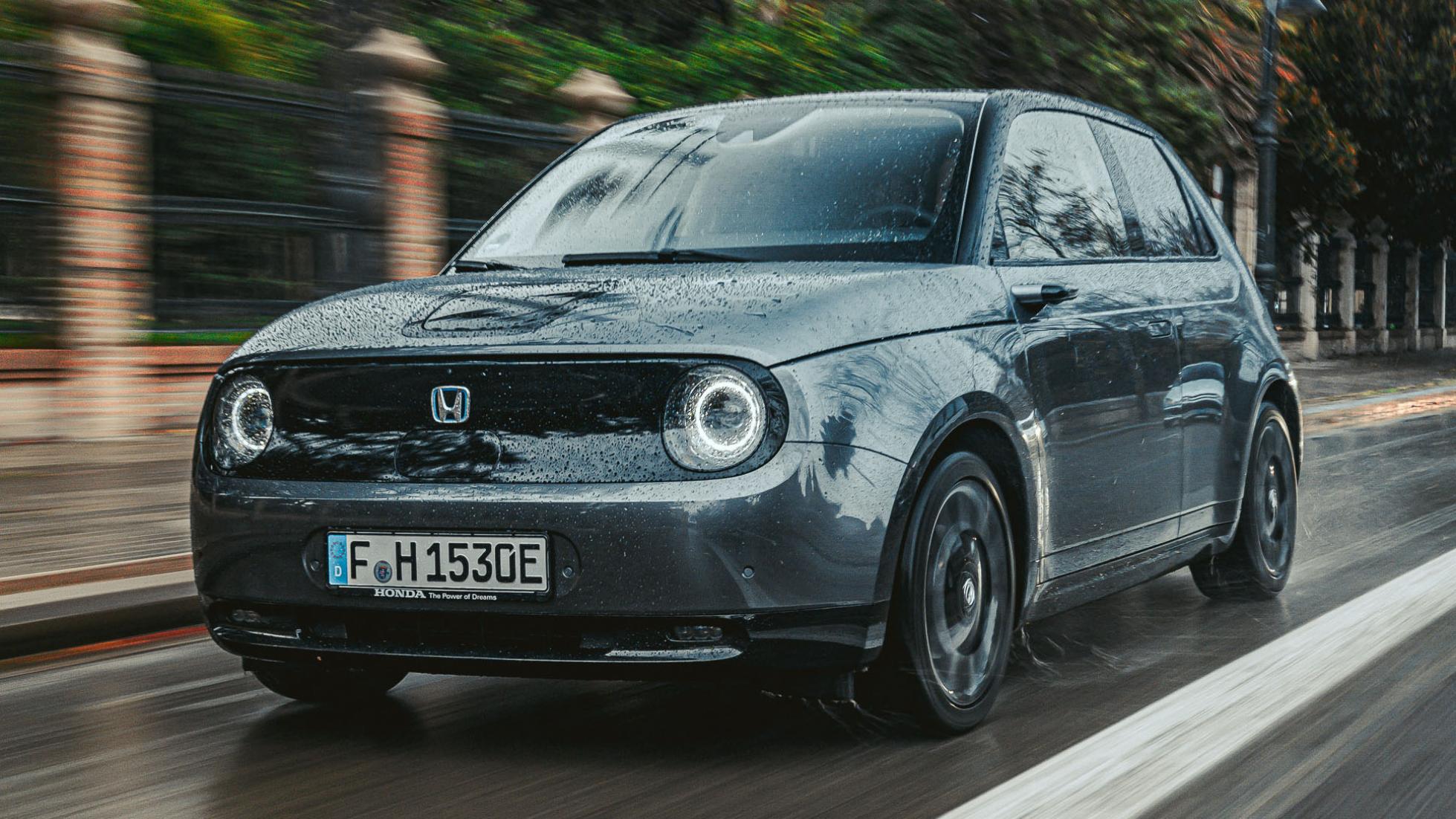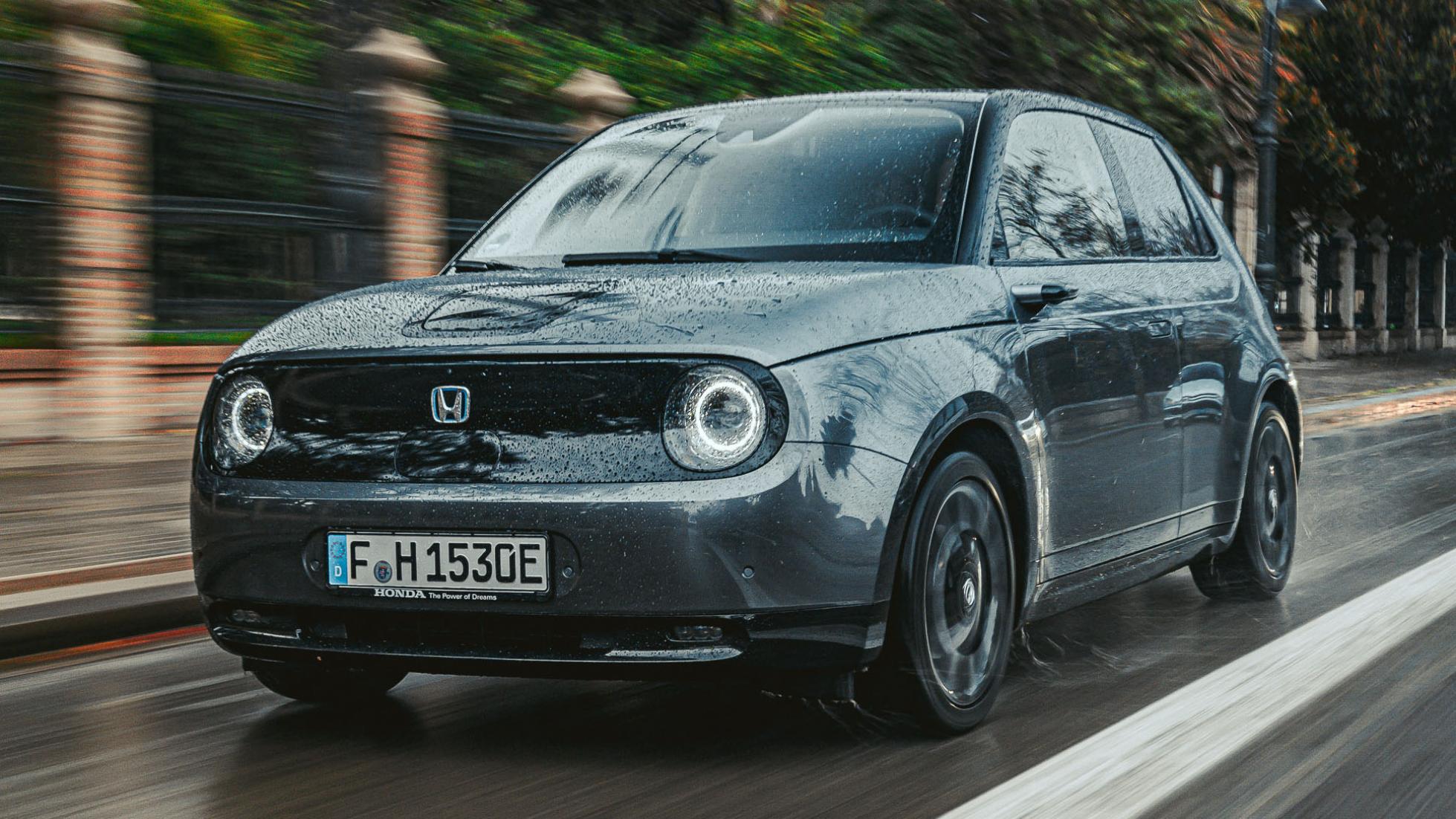
OVERVIEW - What is it?
It’s the Urban EV Concept that became a legend, the legend that became a prototype and the prototype that became the dinkiest, most desirable car since the Suzuki Jimny. It’s the Honda e, Honda’s first mass-market, pure-electric car (yes, Honda dabbled with the EV Plus in 1997, but only around 350 of those were ever built), and we want one.
Honda clearly isn’t going Tesla chasing with this one, the dimensions are Fiat 500-plus-a-bit, wider than a Jazz but actually narrower when you take into account it has no wing mirrors. This is very much an urban runaround. A range of 137-miles (approx. 220km) means you won’t want to stray too far from town, but a choice of 134bhp and 152bhp versions, both with decent performance especially up to 48kph, a chassis that’s been shown some of Honda’s handling love and a configurable driving experience mean it’s not out of its depth if you fancy a ‘proper’ drive… and have the battery to spare.
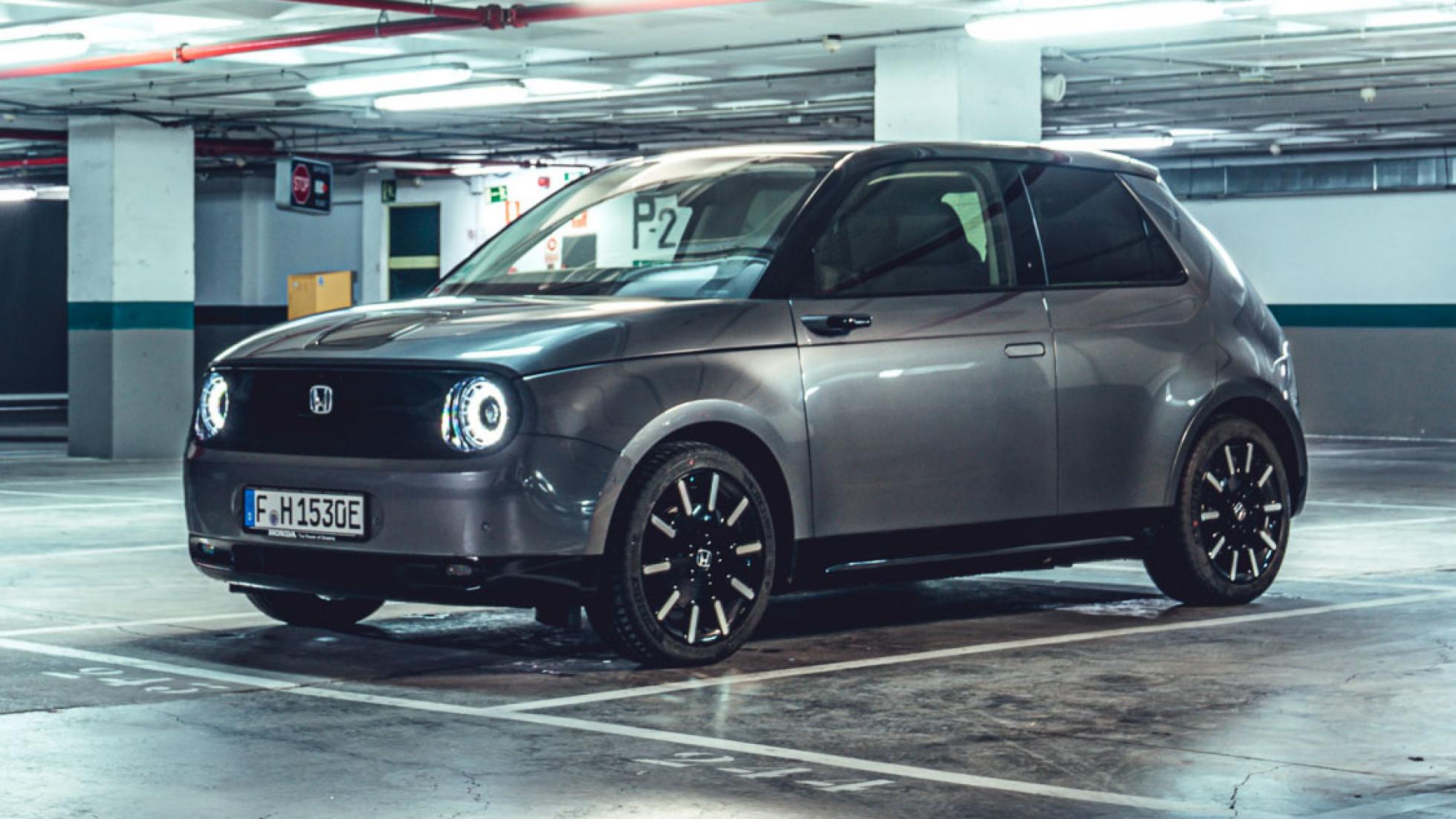
But cheap the ‘e’ isn’t. While Honda has kept the dimensions in check and battery to a compact 35.5kWh, the price starts at a notably juicy £26,160 for the base car, rising to £28,660 for the higher-powered, higher-spec Advance model. And those both include the £3,500 government grant. So, to justify prices that eclipse the much larger VW ID3, Honda hasn’t held back with the technology.
As standard you get cameras for wing mirrors and the rear view mirror, 100kw DC rapid charging capability in 30 mins, an app to pre-condition the car and babysit it while it charges, many crash avoidance systems (including auto braking, adaptive cruise, lane keep assist, auto high-beam headlights) and several acres of screen. And all this wrapped in a subtly retro colour and material pallet designed to chime with the cheeky exterior – available in white, black, grey, blue and highlighter yellow paint.
The Honda e arrives riding a wave of new small, affordable EVs, at last broadening the choice beyond the longer-range, but more premium and pricey stuff like Teslas, the Jaguar I-Pace and Audi e-tron. Honda is up against the new Peugeot e-208 (and its sister car the Corsa-e), the Mini Electric and the Renault Zoe and banking on customers seeing past its chunky price and skinny range, and buying with their hearts not their heads.
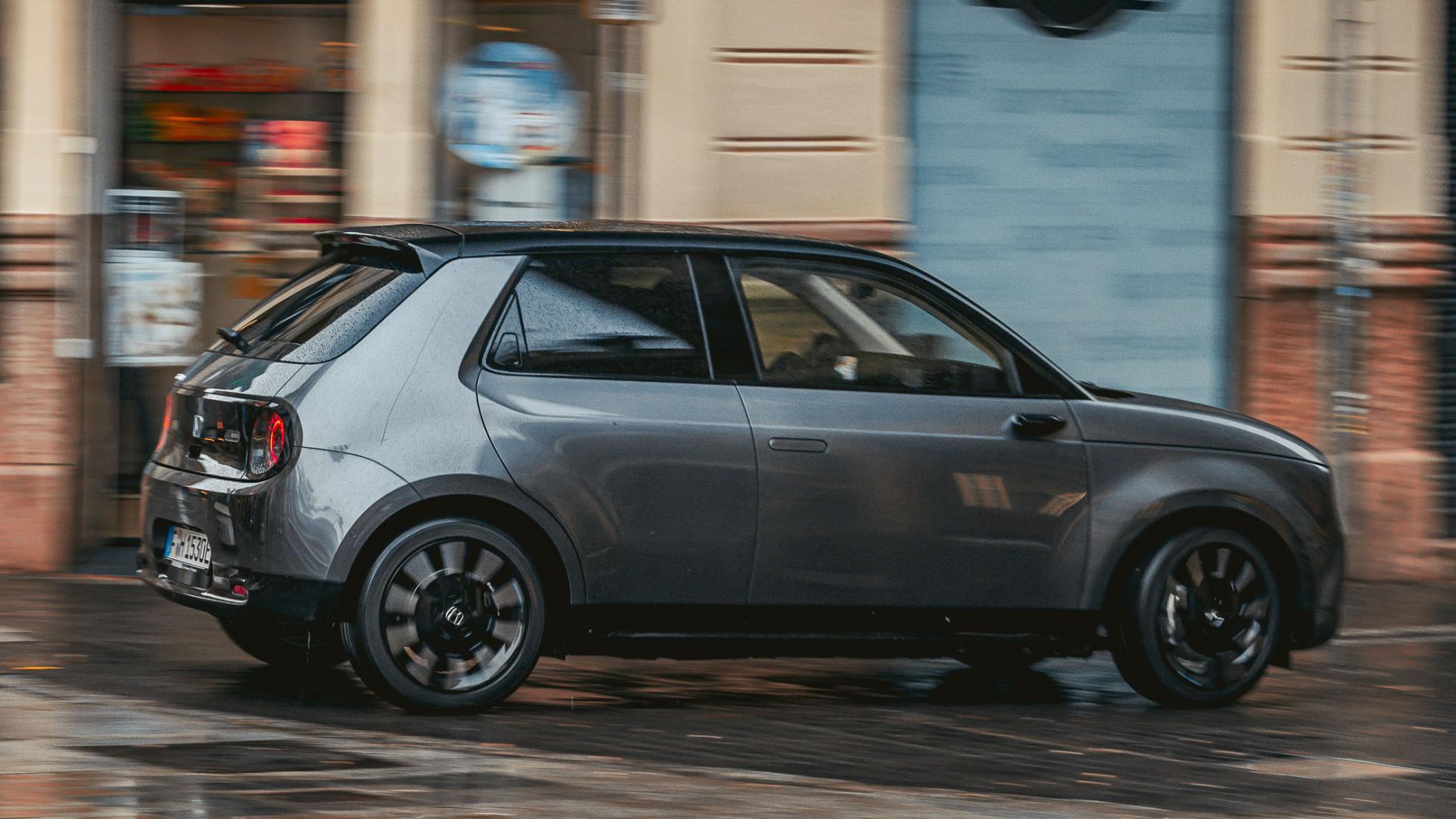
DRIVING - What is it like on the road?
Let’s tackle your choices first – 134bhp or 152bhp, but both have the same 220km range and the same amount of torque – 315Nm (more than a BAC Mono fellow nerds), so the 0-100kph difference isn’t stark: 9.0 seconds vs 8.3. But seeing as most of these will spend their lives shuttling around built-up areas, 100kph could be a distant dream. More useful is 0-48kph for which I have no official numbers, so I shall describe as ‘pleasingly nippy’.
It really zips away from a standstill, and hats off to Honda for the throttle tuning because it never lurches or jerks, just smooth urgent progress however binary your right foot is. The fact that it’s rear wheel drive (key to its 50:50 weight distribution and driving dynamics says Honda) will please the Ari Vatanens among you, and I can confirm a prod of the throttle on a very wet cobbled roundabout in Valencia will result in lurid oversteer and lightly soiled underpants. And that’s with the traction control on.
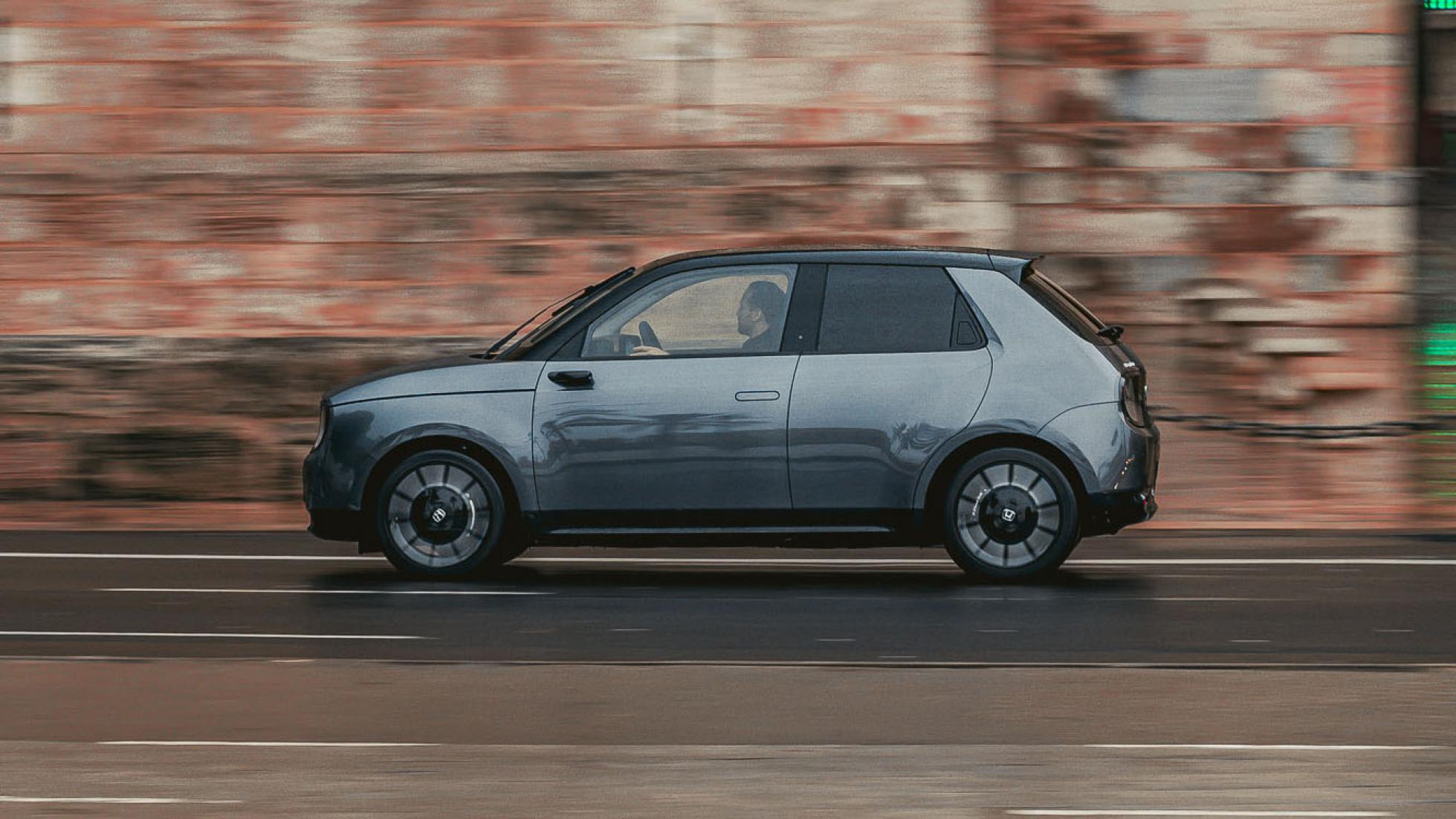
Back to what the Honda e was designed to do, carve effortlessly and peacefully through city traffic, and it nails that too. The variable ratio steering (3.1 turns lock to lock) is light and direct with just a hint of feedback, not nearly as twirly and disconnected as a Fiat 500. Its party trick is ludicrous amounts of lock and a 8.6m turning circle - just a smidgen wider than a London black cab – which is endlessly useful for sliding through impossible gaps or pulling audacious u-turns when Waze changes its mind.
For such a compact package it’s a heavy car – over 1,500kg – but you’d never guess it. All that torque provides instant momentum and the low centre of gravity means it doesn’t roll comically in corners, merely leans gently side to side. There’s a sense of agility and enthusiasm that, let’s be honest, we were expecting, but a refinement and maturity that perhaps we weren’t.
The fully-independent suspension smothers the road like something a lot bigger, and the silence in the cabin, even when you get up to and beyond 100kph is remarkable. There’s a sense that, like in all cars that really lodge in your memory, it’s been properly over-engineered, that Honda knew it had a clean sheet of paper and the world was watching.
In the name of good road-testing we found some decent B-roads outside Valencia and deployed an unsympathetic right foot… and the e refused to feel out of its depth, clinging on in corners, offering that addictive instant thrust. It even coped admirably on the motorway. So admirably that we managed to drain 80 per cent of the battery in around 100km. In a little over an hour. But that’s an extreme case – we do the risky range-sapping hooning so you don’t have to – our gentler morning stint suggests a real-world range of about 160km (100 miles) is easily achievable, more if your prepare to switch-off the air-con. We did and our range instantly jumped by 25 per cent.
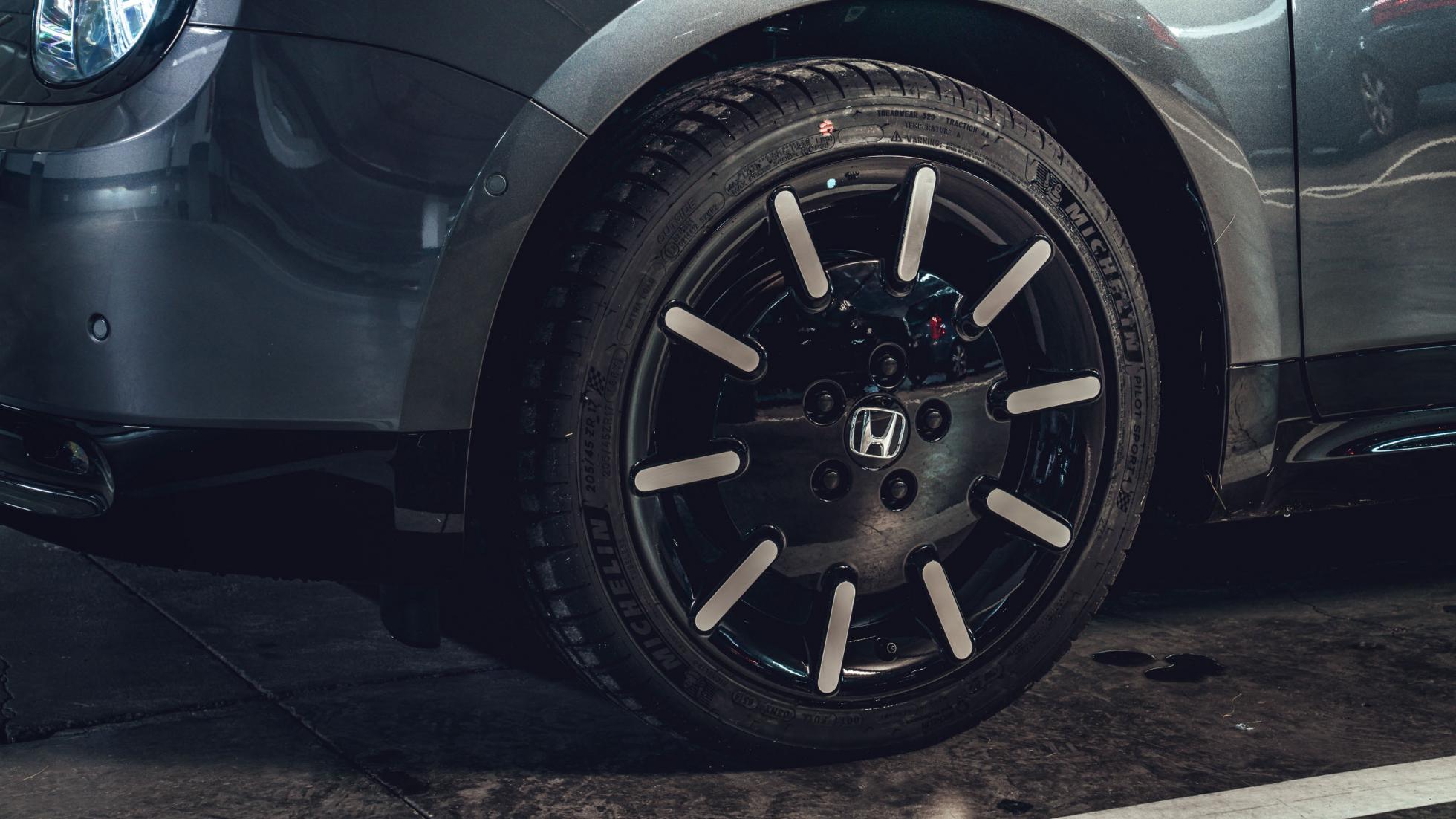
There are some buttons to play with – notable a choice of Normal or Sport driving modes. The latter simply sharpens the throttle and is largely redundant. More useful is a one pedal mode that dials up the regen when you lift off to make it possible to stop without touching the brake. You can pick from three levels of increasingly aggressive regen using the plus and minus paddles behind the wheel.
But it’s not all champagne and back-slaps, the cameras instead of wing mirrors are a great idea on paper – decreasing the car’s width, reducing overall drag by nearly four per cent, stretching the range and delivering all-weather visibility – but in practice they’re a bit pants. For starters they’re mounted low and angled too far down (we couldn’t find any way to adjust them) so you get a wonderful view of the rear wheel arch, but not necessarily of the traffic following behind. You can switch between normal and wide view, the latter distorting the outer-third of the screen to give you a wider field of vision, but it doesn’t improve things much.
Our other gripe is a screen and camera instead of a rear view mirror. To be fair, you can flip a switch, switch off the screen and use it as a normal reflective surface, but it’s not a proper mirror. Keep it as a screen and it take your eyes precious seconds to adjust from looking twenty metres down the road to a digital display 12-inches from your face. Plus every car looks like its aggressively tailgating you. Beware, buying a Honda e may increase your road rage.
Actually, I refuse to accept anyone could be angry within a 100m radius of this car. We drove it through the narrow lanes of Valencia’s old town, mostly legally, and all we got were smiles, waves and camera lenses. It’s quiet, cute, clean and unimposing – the friendly face of modern motoring.
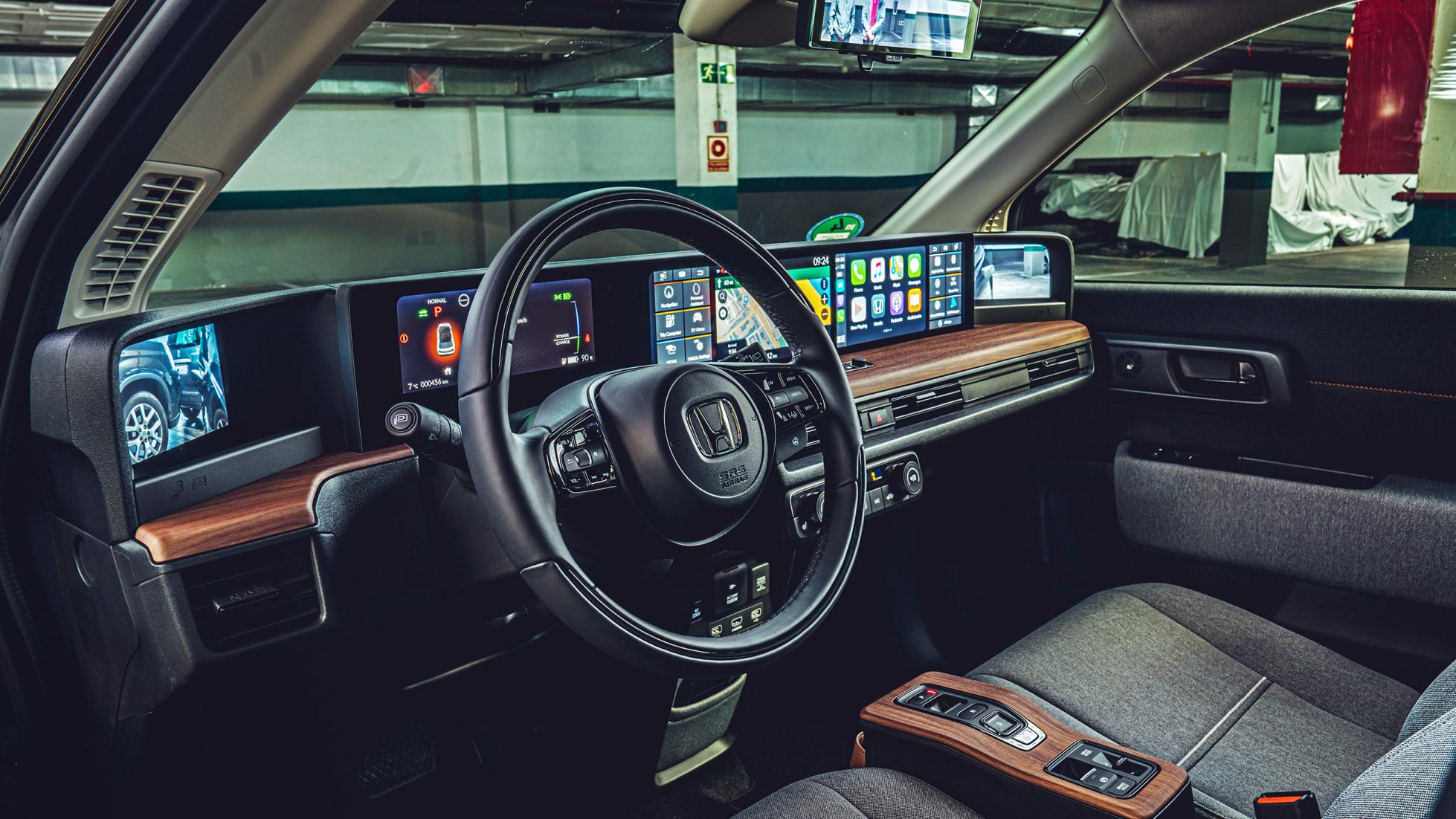
ON THE INSIDE - Layout, finish and space
Prepare yourself, this is where it all gets a bit mad, where you’ll either find yourself putting down an £800 deposit immediately, or branding it distracting and dangerous. Approach the car and it senses the key, pops the door handles out and the headlights put on a display. But that’s just the beginning…
Honda calls it a lounge-style interior, I agree, if my lounge had much nice furniture and six TVs. We’ll come to the screens in a minute, first let’s focus on the overall vibe, because with the squishy fabric seats in the front, the bench seat in the back and slabs of fake wood trim (nicer that it sounds, trust me) Honda has pulled off a modern, retro-infused, architect-designed atmosphere that just feels different to anything else it makes, different to anything anyone else makes for that matter.

The screens then – two six-inch angled displays for the wing mirrors, an 8.8-inch instrument cluster behind the wheel, the rear-view display and then two, side-by-side 12.3-inch screens as the centerpiece – one for the driver, one for the passenger. Each features six shortcuts on the outer edge, can run separate apps at the same time, and those apps can be swapped over at the touch of a button.
For example, enable wireless CarPlay on your iPhone and that can be running on one screen, while Honda’s navigation, or the radio, or information on the range and regen is running on the other. Say “OK Honda” and a poorly-sketched face bounces onto the screen to answer your commands – fun for the first five minutes, until you realise those commands have to be so specific that you might as well prod the screen to get what you want. Whether it learns your voice and improves over time as Honda claims, remains to be seen. And there’s more - park up and you can turn both screens into an aquarium, poke it and food appears for the fish. Eat your heart out Elon…
You’ll find USB sockets everywhere – two in the front, two in the rear – a 12V socket, a 230V AC power outlet and an HDMI input. In theory, this means you power up and plug in your Xbox, and play it on the central screen. Connect it to the onboard wifi hotspot (free for the first year, subscription required after that) and online gaming is yours while you wait for the kids to emerge from the school gates.
When it comes to space you need to be realistic about how it’s going to be used and who’s going to be using it. The rear is big enough for me to sit behind me, but me is 5ft 8in. The boot is small – 171-litres with the rear seats up (about the same as a Fiat 500) – but 861-litres with them down, which is a decent amount if you can occasionally use it as a two-seater. Basically, it’s a second car that you can use to cart the kids around in the back, or modestly sized adults at a push. In other words, it’s just useful enough to justify if you really, really want one.
OWNING - Running costs and reliability
Owning an electric car is something we’re all still figuring out - how we charge it, where we charge it, whether it has enough range to rarely inconvenience us. Every case study is different, so let’s stick to the facts. Plug into a normal three-pin domestic socket and the Honda e will take around 19 hours to charge up. Not great. Better to get a 7.4kW charging box installed at your house (assuming you have off-street parking) in which case a full charge-up takes around four hours. However, find a 50kW or 100kW DC public rapid charger and it can charge up to 80 per cent in just 30 minutes. The choice is yours.
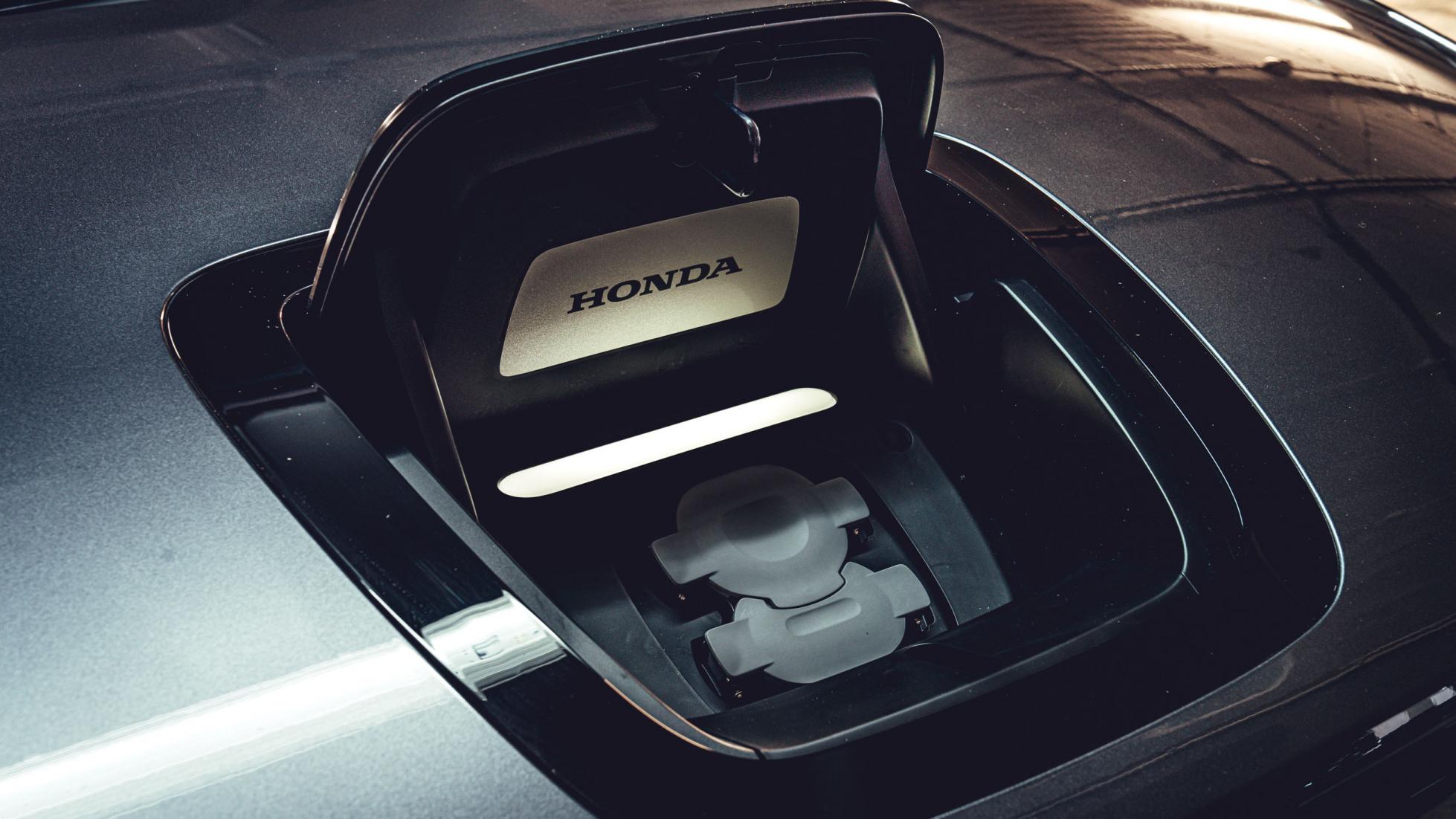
One thing to bear in mind is that the higher-grade ‘Advance’ model fitted with 17-inch wheels (you can stick with the lower-grade 16s at no extra cost) has a lower WLTP range of 125-miles - approx. 201km. Apart from the 18bhp boost and option of 17-inch wheels, the higher-spec model adds automated parking assist, the digital rear-view mirror and an upgraded sound system.
Although not ready for us to have a play with on the launch, a My Honda+ app will be available when first deliveries start in summer 2020. It’ll enable all the usual stuff – keeping tabs in your charging status, working out a route on your phone then sending it to your car, pre conditioning the car on a freezing cold/unbearably sweaty day – but it can also be used as a key to open the car and lets you send said key digitally so someone else can pop the locks when you’re not around.
The tax-breaks, lower running costs, congestion charge exemption (if you live in London) with an electric car are all well documented, but if you run a company car it’s worth noting that from April 2020 you’ll pay zero BIK tax on a pure EV. Considering fleet sales make up more than 50 per cent of all new car sales in the UK, EV popularity is about to boom.
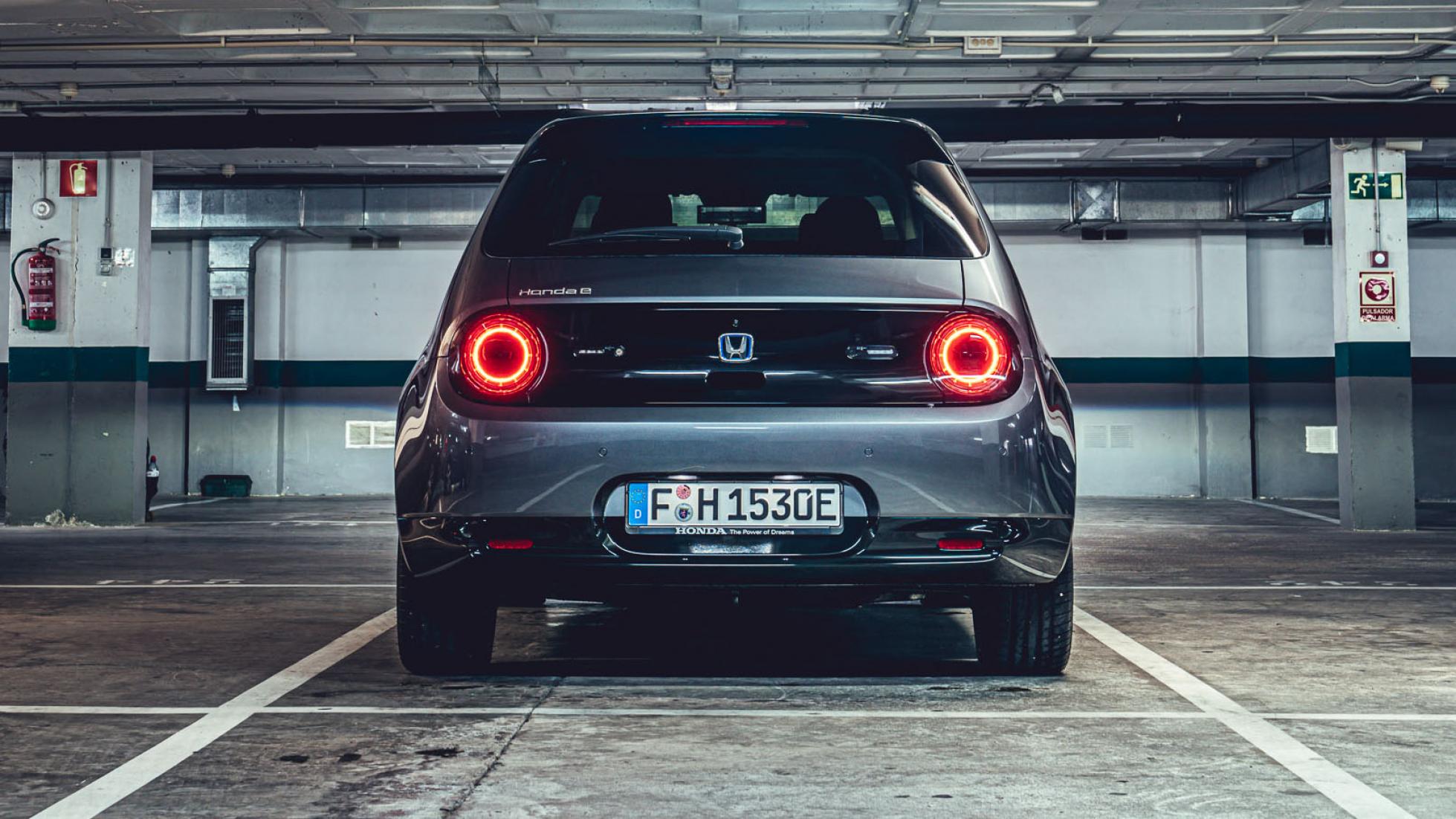
VERDICT
Far be it for Top Gear not to recommend the most powerful model available, but here we’d be inclined to go for the entry level car. Not only are the performance gains negligible, but so much of the kit – the interior screens, the wing mirrors, the seat trim – is standard that we’d save the £2.5k, do without the rear-view display, parking assist (honestly, how crap is your parking if you can’t safely navigate a car this size into a gap) and sound system upgrade.
Whichever version you pick, the Honda e has two rather glaring drawbacks – the limited range and chunky price tag. Honda is rolling the dice here, that customers will get what I’m going to call ‘Suzuki Jimny Syndrome’ and fall so deeply in love with the car that they’ll see past its pitfalls. In fairness, Honda isn’t shying away from the 220km range – calling it a conscious decision to spend money on the tech and only fitting it with a battery suited to a car of this size. As one engineer eloquently put it: “If you want to make an iPhone, why would you design an iPad just to get a bigger battery in there?”
Truth is, we all want greater range from our EVs but let’s be realistic, do we need it? Would we rather pay the same money for a car that’s less exciting, less well equipped, but with another 80km of range? No, I probably wouldn’t. It’s an urban car, you need to plan to use it as such, and if you did need to get somewhere 483km away in a hurry then you either need to rent something suitable or treat that journey like the anomaly it is and plan a two stop rapid-charge strategy.
Photography: Mark Riccioni
Honda’s first electric car is impossibly cute, beautifully engineered and crammed with tech… but you’ll pay for it
| FOR | AGAINST |
| Not cheap, limited range, small boot | Not cheap, limited range, small boot |
| SCORE | 8/10 |

